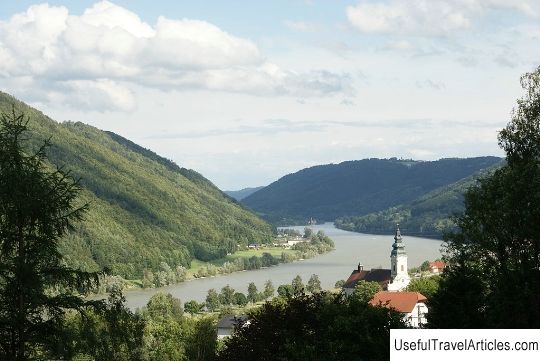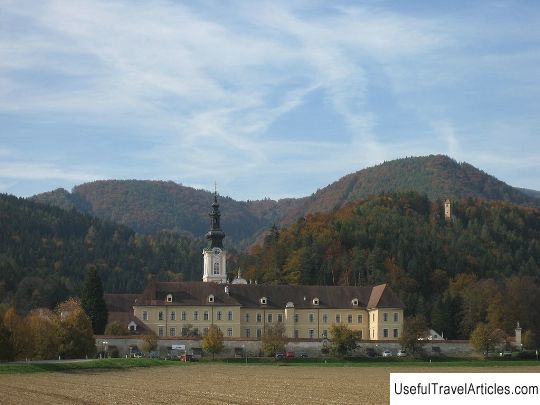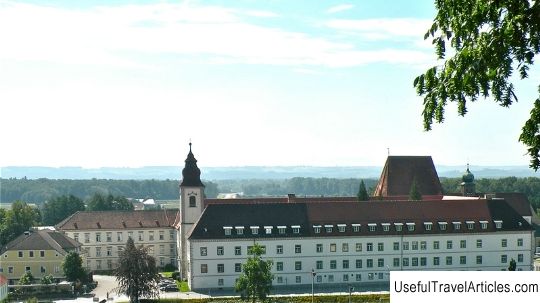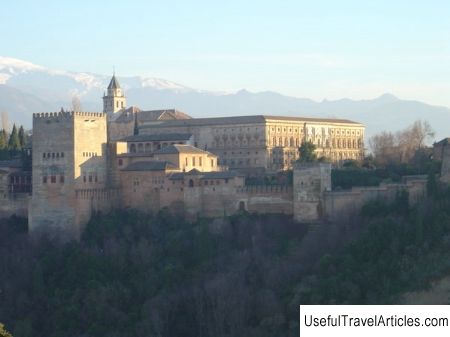Cistercian Abbey of Wilhering (Stift Wilhering) description and photos - Austria: Upper Austria
Rating: 8,1/10 (111 votes) 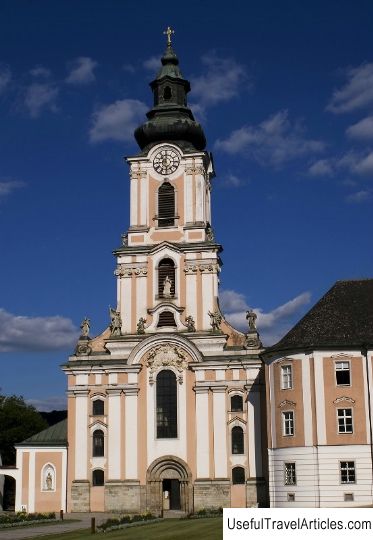
Cistercian Abbey Wilhering (Stift Wilhering) description and photos - Austria: Upper Austria. Detailed information about the attraction. Description, photographs and a map showing the nearest significant objects. The title in English is Stift Wilhering. Photo and descriptionWilchering Abbey is a Cistercian monastery in Upper Austria, located 8 kilometers from the city of Linz. The building, rebuilt in the 18th century, is known for its rich Rococo decor. The monastery was founded by Ulrich and Kolo Wilchering, who donated the family's old castle for this purpose, in accordance with the wishes of their late father, after how the family moved to their new castle in Wachenburg. Initially, the Augustinians settled in the monastery, but on September 30, 1146, Ulrich transferred the monastery to the Cistercians from the abbey on the Rhine, in Styria. However, less than forty years later, only two monks remained in the monastery. Then Heinrich, the fourth abbot, moved the abbey to Burkhard. In 1185, monks from Ebrah settled in the monastery again, after which the Cistercian community was created. The history of the abbey almost ended during the Reformation, when the then abbot, Erasmus Mayer, fled to Nuremberg, where he married, breaking his vow of celibacy, and by 1585 there was no more monks. The abbey was preserved only through the efforts of the abbot Alexander Lacu, who was appointed by the emperor. In March 1733, the abbey building was almost completely destroyed by fire. The old Romanesque door, part of the Gothic monastery and a couple of tombstones survived. Abbot Johann undertook urgent renovations, but later the church was completely rebuilt in the Rococo style by Johann Haslinger, who worked on the designs of Martino Altomonte. As a result, today the Abbey of Wilchering is one of the most significant Rococo buildings in the German-speaking world. In 1940 the abbey was confiscated by the Nazis and the monks were expelled: some of them were arrested and sent to camps. while others were forced into military service. The abbot Bernhard Burgstaller was arrested and starved to death in 1941. The buildings were used first to house a seminary from Linz, and then, from 1944, to a German military hospital. In 1945, American troops took over the abbey. The monks returned the same year. In 2007, the monastic community numbered 28 people.      We also recommend reading Tiraspol United Museum description and photos - Moldova: Tiraspol Topic: Cistercian Abbey of Wilhering (Stift Wilhering) description and photos - Austria: Upper Austria. |

